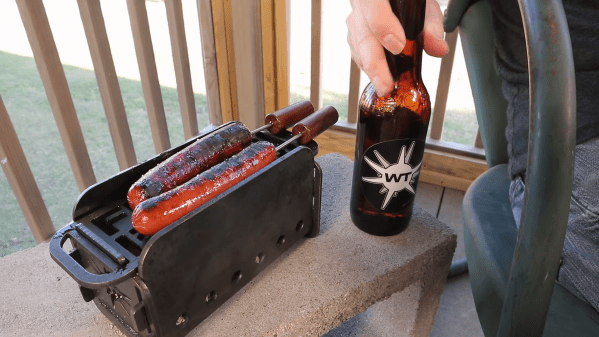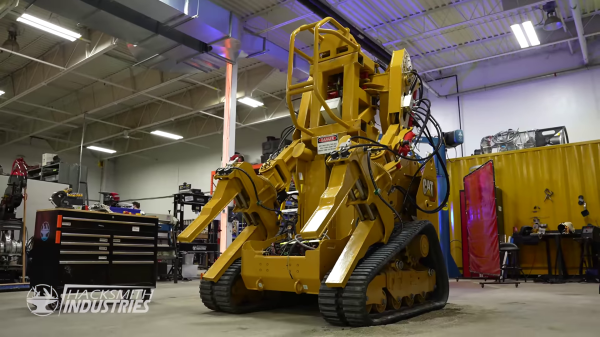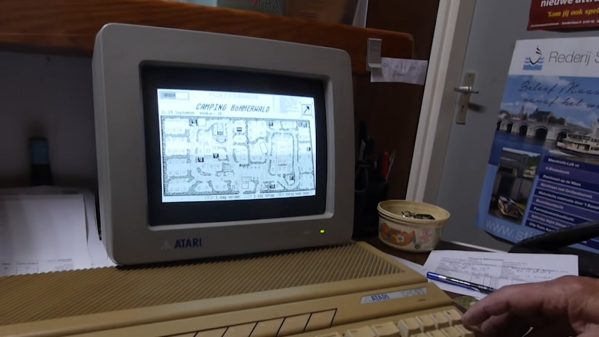Sometimes you’re hungry for two sausages, and not a sausage more. [Wesley] designed his Furter Burner to handle precisely these situations, and it looks to cook up a pair of wieners a treat. (Video, embedded below.)
The process starts with a couple of wooden stunt wieners, and some foam board, with which [Wesley] roughs out a design. From there, a CAD design is drawn up and parts routed out of compressed board to troubleshoot the assembly further. Later moving on to a plywood version, having a wooden prototype quickly reveals plenty of things to improve, from adding handles to the grill surface to air holes to allow combustion.
The design goes through a couple of further iterations in metal before completion. The final result is impressive—resulting in a twin-wiener cooker that burns coals, complete with skewers for easy sausage handling and bearing [Wesley’s] own logo.
The video shows off the benefits of the iterative design process. It also demonstrates why it often makes sense to rough out designs in cheaper materials before going to the heavy stuff, particularly in a case like [Wesley]’s where the metal parts can only be cut off-site. Refining the design in-house first saves a lot of mucking around.
We’ve seen [Wesley]’s work before, too – like this impressive workshop storage solution.















